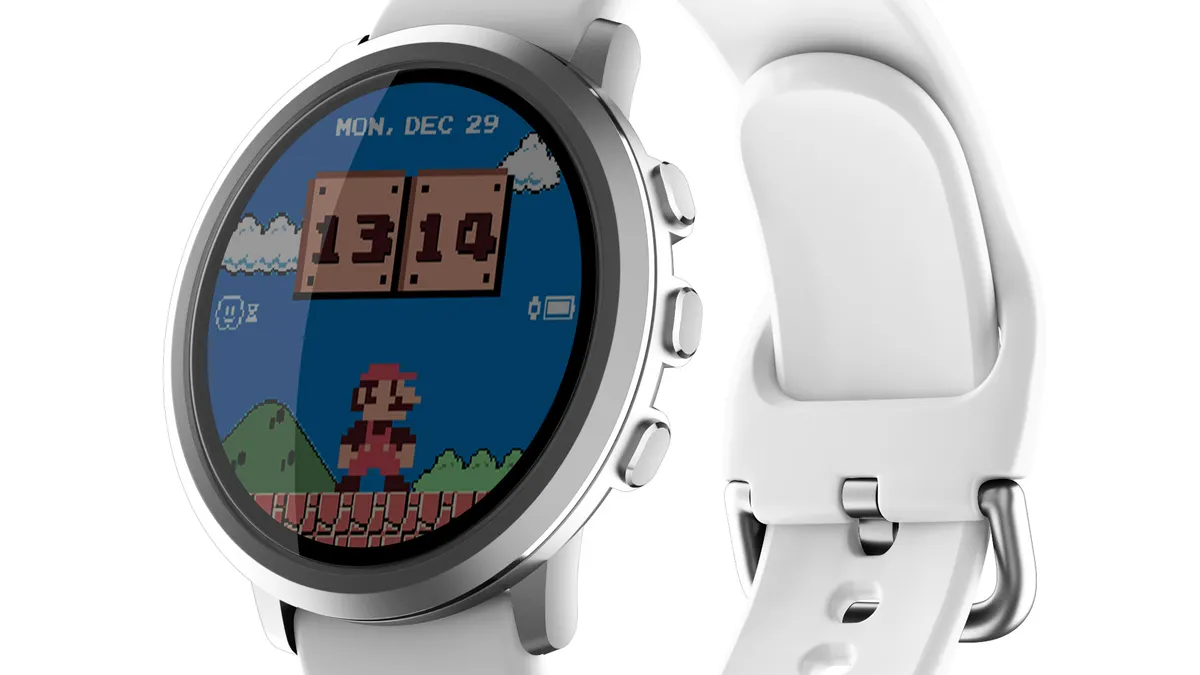Most of us use the internet daily, and chances are, we do so through a Chromium-based browser. Google’s Chrome is the undisputed giant. But Microsoft Edge has made surprising strides since switching to Chromium, and the battle isn’t quite so clear-cut anymore. Here’s a close look at how they stack up in 2024, and the key factors to consider when choosing your everyday browser.
Understanding Chromium
The Chromium project is open-source software forming the bedrock of many popular browsers. While Google maintains Chromium, it’s separate from the proprietary Chrome browser built atop it. This means Edge, along with browsers like Brave and Opera, are Chromium-based just like Chrome, leading to a more similar browsing experience than their previous, independent engines.
Chrome: The Web’s Standard Bearer
Google Chrome has been the world’s most popular web browser since 2013. It wasn’t always an easy journey- Chrome won hearts with speed, a streamlined interface, and features far ahead of Internet Explorer and early Firefox versions. But now, Chrome’s dominance is so strong that its standards underpin much of how modern websites function, and some warn of potential issues for those using other browsers.
Edge: Microsoft’s Second Chance
After Chrome’s runaway success, Microsoft faced a daunting challenge. Years of attempting to force users to its own browsers backfired spectacularly. When Edge launched with Windows 10, it still suffered from a reputation problem. The radical change came in 2018, when Microsoft conceded defeat and rebuilt Edge from the ground up, adopting Chromium for a fresh start.
User Interface: Similar, yet Distinct
Thanks to their shared foundation, Chrome and Edge look and function similarly. Both boast tabs, an omnibox for search and navigation, and customizable bookmark bars. However, Microsoft has worked to differentiate Edge, with features like vertical tabs (where tabs line up on the left side of the screen), and a right-hand toolbar offering a calculator and other tools.
There’s also Copilot – Microsoft’s ChatGPT-powered AI assistant built directly into the browser. Depending on your view of AI, this could be a major asset or an intrusive distraction. While both browsers can feel cluttered, customization options help you tailor the experience.
The Speed Test
Performance matters, and slow loading times drive users away. Thankfully, both Chrome and Edge are among the fastest browsers available. While results vary slightly over time based on updates, they are consistently neck-and-neck.
BrowserBench testing often yields a slight advantage for Edge. In terms of RAM usage, Edge tends to be the leaner option, particularly for those who want a browser that plays nice with other demanding software.
Features: Where Edge Tries to Outsmart Chrome
Here, Edge’s ambition shows. From tabs to shortcuts, it’s clear Microsoft wants to outdo Chrome. Vertical tabs are a revelation once you try them, and AI-powered tab grouping helps bring order to chaos, sometimes even outperforming Chrome’s similar feature.
Edge’s reading mode is superior to Chrome’s, offering a less cramped layout and a built-in text-to-speech feature for on-the-go listening. Split-screen view makes research or comparisons a breeze. Password management is a weak point for Edge, its ability to sync with your mobile devices is less reliable than Chrome’s
Security and Privacy: A Complex Landscape
Both Microsoft and Google have a less-than-stellar track record when it comes to user privacy. However, Google is in the midst of a potentially industry-shifting change with Tracking Protection, replacing cookies with a system where it collects data and shares anonymized versions with websites. While proponents see it as a move towards greater user privacy, critics argue it further solidifies Google’s dominance in online advertising.
For the time being, Edge doesn’t rock the boat, but it does offer more fine-grained privacy controls built-in, including a VPN client (though remember, your browsing traffic is still visible to Microsoft). Security-wise, there’s little to separate them, and both benefit from a rich selection of privacy extensions in the Chrome Web Store.
Customization and Mobile Matters
Everyone’s browsing habits are unique. The Edge shines in customization, letting you adjust the appearance of nearly every element, while Chrome has a more limited (but less overwhelming) options menu. Both offer themes, and support most Chrome Web Store extensions.
When it comes to mobile apps, Edge again pulls ahead. It brings over desktop features like Reading Mode and its handy ‘Drop’ function which lets you easily send text and files between devices. For those who want to master a feature-packed browser, the Edge app is enticing, but Chrome’s mobile experience is uncluttered and well-suited for casual users.
The Final Tally
So, which browser takes the crown in 2024? There’s no easy answer. Chrome remains the safe, reliable choice. Its speed, security, and seamless sync across devices make it a hard browser to beat, especially for those already invested in the Google ecosystem.
However, Edge offers several compelling advantages. Its innovative features like vertical tabs and AI tab grouping could be genuine productivity game-changers for some. Plus, those concerned about Chrome’s dominance might prefer to support a browser building a reputation as the scrappy underdog.
Ultimately, the best choice depends on your priorities:
Consider Edge if:
- You want cutting-edge features and superior tab management options.
- You prioritize performance and lightweight RAM usage.
- You like rich mobile browser features like text-to-speech and file sharing.
- You prefer to support an alternative to Google’s dominance.
Consider Chrome if:
- You value simplicity and a streamlined interface
- Seamless syncing across all devices is your top priority
- You already heavily use Google services
- You’re wary of potential downsides to AI tools like Copilot







